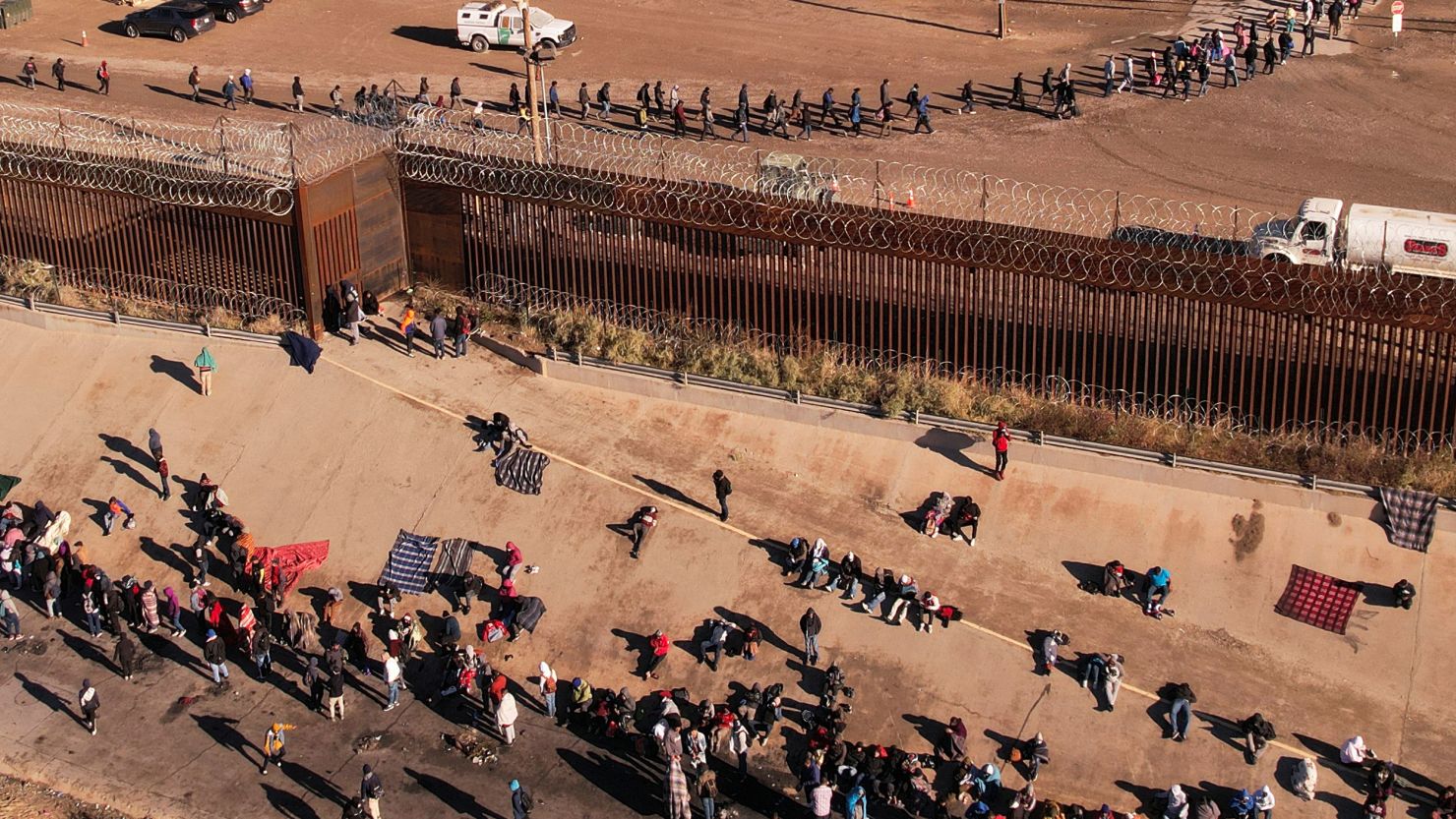The Department of Homeland Security’s six-pillar plan for the scheduled end of Title 42 next week includes surging resources to the border, increasing processing efficiency, imposing consequences for unlawful entry, bolstering nonprofit capacity, targeting smugglers and working with international partners.
The seven-page document, which states that DHS inherited a “broken and dismantled immigration system,” was published online this week and appears to be an updated version of the plan the department issued in April – the last time Title 42 was scheduled to be lifted. At the time, a federal judge blocked the lifting of the Trump-era public health rule that allows federal immigration agents to swiftly return migrants to Mexico or their home countries.
According to the document, the surge of resources to the southern border includes the hiring of nearly 1,000 Border Patrol processing coordinators and adding 2,500 contractors and personnel from government agencies – which allows federal agents to focus on field law enforcement duties.
The federal government has also added 10 soft-sided facilities to increase Customs and Border Protection holding capacity by over one-third since 2021, the plan states. The agency says it has more than doubled transportation capacity for detained migrants, as well.
“This includes hundreds of flights and bus routes per week to transport detained noncitizens to less crowded Border Patrol sectors for processing and to remove or return noncitizens to their home or third countries; we will continue to scale up our ground and air transportation capabilities in light of potential increases,” the document states.
According to the six-pillar plan, CBP spends 30% less time processing migrants now compared to early last year – which will help mitigate overcrowding of CBP facilities.
As the agency expects a surge of migrants with the lifting of Title 42, it plans to impose legal consequences on those who cross unlawfully and don’t have a legal basis to stay in the United States, the plan states.
“For noncitizens seeking to evade apprehension, repeat offenders, and those engaging in smuggling efforts, we are increasing referrals for prosecutions,” the plan states.
DHS also plans to continue targeting transnational criminal organizations who smuggle migrants and working with international partners and nongovernmental agencies on the border.

